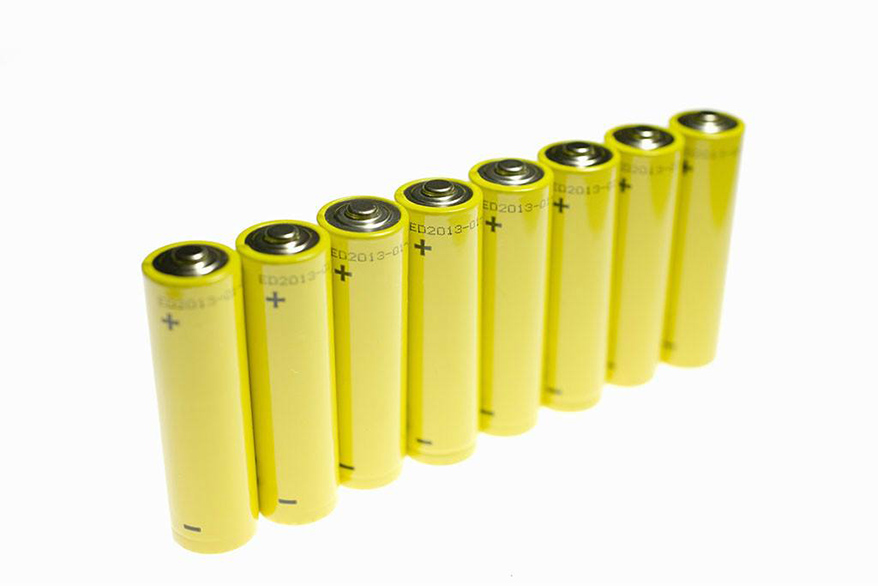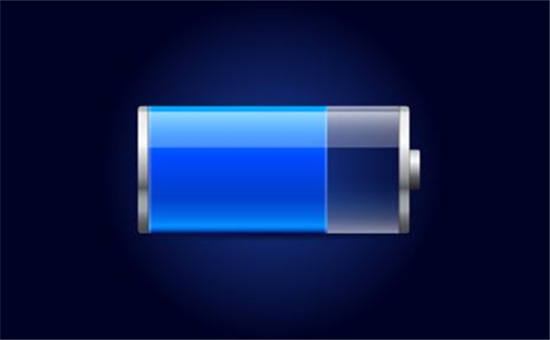How to Connect Two Lithium-ion Batteries-Connect in Parallel
Mar 26, 2020 Pageview:2355
Can lithium-ion batteries be connected in parallel?
Lithium-ion batteries can be connected in parallel. If higher currents may be needed in a circuit and bigger cells aren’t available or incompatible with the design, then one of more lithium-ion cells can be connected in parallel. Most battery chemistries, including lithium-ion cells, allow parallel configurations that come with a few side effects. However, the capacity in parallel cells, as well as the runtime, tends to increase while, on the other hand, the voltage stays constant.
A cell that produces high resistance is less critical in parallel connection than it is in a series one. However, a failing cell will decrease the total load capacity. A short circuit, on the other hand, is more fatal as the faulty battery drains energy from the other cells in the circuit, and this may cause a fire hazard. Many of these short circuits tend to be mild and occur as increased self-discharge.
A short may sometimes occur through reverse polarization or even dendrite growth in the cells. Large battery packs tend to have a fuse that disconnects that failing cells from the parallel circuit in case of a short. In a parallel connection, a weak cell doesn’t affect the voltage as it remains constant throughout the circuit. However, due to reduced capacity, it will provide a low runtime. Also, a shorted cell in a circuit is capable of causing excessive heat and, thus, a fire hazard.
How do you connect lithium-ion batteries in parallel?
Before you wire lithium-ion batteries in a parallel connection, there are a few guidelines or considerations that you may need to adhere to as a safety precaution for you and the battery.
1.Avoid connecting batteries with entirely different chemistries
There are many types of lithium-ion battery versions or technologies. As much as they all fall under the lithium-ion category and work under the same functioning principles, these batteries were manufactured using different chemistries. They, therefore, tend to produce different levels of energy densities and also react differently when subjected to the same environmental conditions.
For example, you should not try to connect lithium iron phosphate (LiFePO4) batteries to the normal lithium-ion cells. Due to the difference in chemical compositions, there will be a battery between the two that would produce more energy than the other, thus putting more strain on the latter. If, for instance, the regular lithium-ion battery is weak or dies off first, it would weigh down the performance of the other LiFePO4 battery, and this would give you less usage time.
If one is consistent with using both batteries in the connection, the setup would become very unbalanced and eventually become useless.
2.It is always recommendable to use same voltage batteries as well as amp-hour specifications
If you plan on using lithium-polymer cells for this connection, for example, then it would be wise to simply wire up two or more models of the same lithium-polymer cells. If you happen to wire the cells that have different electronics in their battery management systems, things are capable of getting out of hand or tricky. The permutations for the possibilities or outcomes are also wide enough. Even if the results seem different, you will still end up with widely unbalanced cells.
It is, therefore, advisable to use similar battery types that contain the same specifications and voltages. If it is a 3V lithium-ion battery, be sure to connect it to the same king of lithium-ion cell that produces 3V. Doing this enhances cell balancing and gives you accurate results while reducing the chances of any misconduct that the experiment or connection may bring forward. Try getting cells from the same battery packs just to be on the safe side.
3.Try using an isolation fuse
There may not have been reports of any problems that occur when connecting batteries in parallel, but when you happen to handle large cells, it is advisable to use isolation fuses. This is a precautionary measure one would have to take to be on the safe side.
What you need
When connecting your batteries in parallel, you may need a few items. These items include the following:
Two or more fully charged batteries of the same voltages and specs to ensure that the cells are balanced; thus, maximizing the overall usage time.
Wires that can accommodate the cells’ specific amperage requirements,
Connectors or crocodile clips.
Connect the clips or connectors to the wires to form a jumper cable, or you can use an already made jumper cable. Connect both the positive terminals using one cable and the negative terminals using another one. Be sure to get the connection to the terminals right in that it should be negative to negative and positive to positive.
As an alternative, you can connect your load to one of the cells, and it would drain both of them equally. The most suitable method, however, that would ensure that the cells are equalized is to connect the positive at one end of the pack and the negative at the other end.
How do you combine two battery packs?
It is possible to combine two battery packs. Most of these packs already have built-in circuits in either parallel or series connection. For example, a car battery may be made up of 6 cells, each with 2V, therefore, making a total of 12V. You can join the battery packs in parallel to make a higher current, but the voltage will remain 12V. However, when you decide to join the batteries in series, you would get a higher voltage of 24V while the current remains the same throughout the circuit.
To join these packs in parallel, use a jumper cable to connect both positive terminals and another cable to connect the negative terminals.
Conclusion
If you have no idea of what you’re doing when handling the lithium-ion batteries, don’t do it without expert assistance. The batteries contain a flammable electrolyte, and they can easily catch fire. It is, therefore, important to understand every guideline and procedure before conducting the experiments on your own.
Leave Message
Hottest Categories
-
Hottest Industry News
-
Latest Industry News












